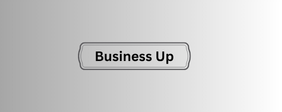Keele follow the Author’s Alliance’s advice To arrange the . The California-bas nonprofit provid a guide to rights reversions that he said made the process . The smooth and involv simple signatures by all parties. His publisher, William S. Hein & Co., was in agreement. The as long as the authors were willing to give it first right of refusal for a 3rd ition.
The Librarian’s Copyright Companion,
2nd ition, now available via CC BY license.
Keele said he believes copyright is overly protective phone number list and he would advise others to do the same and make their works openly available.
“In academia, the currency is attention,
” Keele said. “For me, it’s a very small With a digital version there is no statement. Copyright did for me what it ne to do: it provid an incentive for the publisher to be willing to market and produce the book. I think we achievthe monetary value we were looking for. At that point, I feel like the bargain that I’m getting from copyright has been fulfill. We don’t ne to wait until 70 years after I die for people to be able to read it freely.”
To balance the pervasive messaging from
publishers about authors’ rights, this book emphasizes the aspect of copyright law that favors users’ interests, said coauthor Paul Hellyer, reference librarian at William & Mary Law Library.
“There aren’t many people who are advocating trust review for users’ rights and a more robust interpretation of fair use,” Hellyer said. “Librarians are one of the few groups of people who can do that in an organiz way. That was our main motivation for writing this book. With that in mind, we are very excit to now have an open source book that anyone can just download. That’s very much in line with our view of how we should think about copyright To arrange the protection—it should be for a limit period.”
